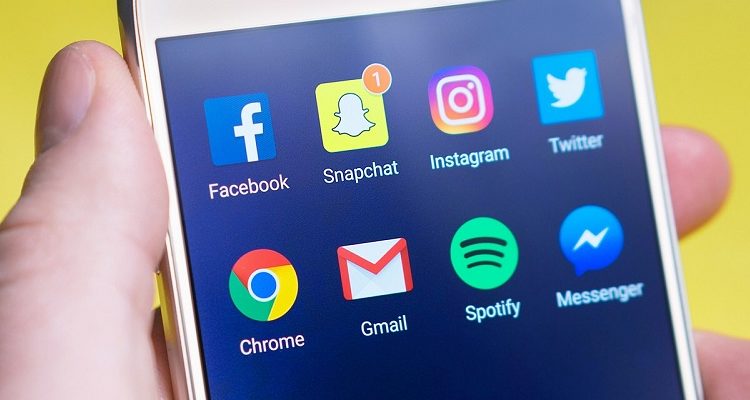
Photo Credit: Google Images
Back in the early years of social media, the emphasis was on connecting, sharing and becoming better informed. But something has gone dangerously wrong. Social media is no longer “social.” Sharing has been replaced by over-sharing, connecting has been replaced by disconnecting, and becoming better informed has been replaced by fake news and disinformation. You might even say that social media has become “anti-social media.”
Anti-social behaviors
Even worse, social media has encouraged an entirely new set of behaviors that are anti-social. Think about going out to dinner with friends and/or loved ones, and everyone checking out their phones instead of engaging in conversation with each other. What’s happening on our phones, quite frankly, can seem a lot more exciting than what’s happening in our real lives. Would you rather listen to a teacher or boss drone on forever, or would you rather surreptitiously check your Instagram account to see if your favorite influencer has just posted something?
Algorithms and Big Data
Moreover, the tech world’s embrace of data and algorithms has also put a damper on social media. Instead of seeing content that we really want to see, we are seeing content that algorithms think that we want to see. Fair enough. However, when it leads to the creation of filter bubbles then there’s a problem. We’ve stopped having real conversations these days because we’ve stopped seeing “the big picture.” Algorithms are making us anti-social.
Automation
New automated publishing solutions mean that it is possible to schedule content in advance using tools like Buffer and Hootsuite. That takes some of the charm and spontaneity out of social media. Part of why it can be so much fun to converse with a neighbor that lives nearby is because it is real-time and completely unrehearsed. That’s something that you can’t replicate with an automated platform that churns out content on an appointed day and time like clockwork. (Just imagine if your friendly, charming neighbor suddenly started responding in automated, rehearsed phrases!)
Bots
Also, keep in mind, many of your “social interactions” these days are not with people, they are with bots. In some cases, these bots are fake followers on Twitter. In other cases, they are chatbots designed to act just like humans. And, with the steady growth of artificial intelligence (AI), these bots are going to become more and more prevalent.
Social problems in search of social solutions
Of course, all of these changes are not bad in and of themselves. For example, many of these anti-social symptoms – the chatbots, the automated platforms, the algorithms – are really a clever workaround to the social media overload that all of us experience. If you have hundreds of friends on Facebook, then you absolutely need some kind of algorithm to make sense of all the content that’s being created. If you’re a large brand with thousands of customers, doesn’t it make sense to embrace AI-powered chatbots as a way to restore the option of one-to-one conversations?
The key thing to keep in mind is that social media should help to catalyze and enrich our other social connections – not replace them. In other words, it’s great if you use social media to meet new people and exchange new ideas. But it’s not so great if you use social media to get into arguments with co-workers or ignore your spouse (or other significant other). Social media needs to become more social, and it starts with every one of us, not with the big companies in Silicon Valley.